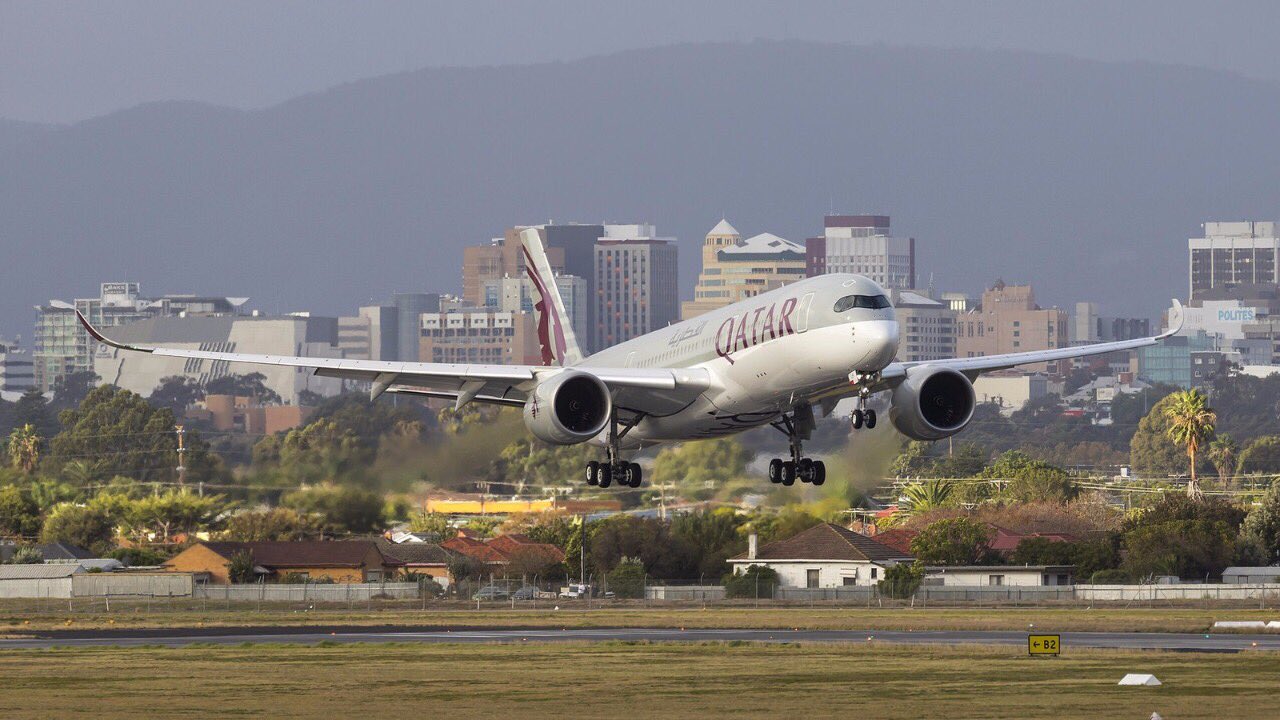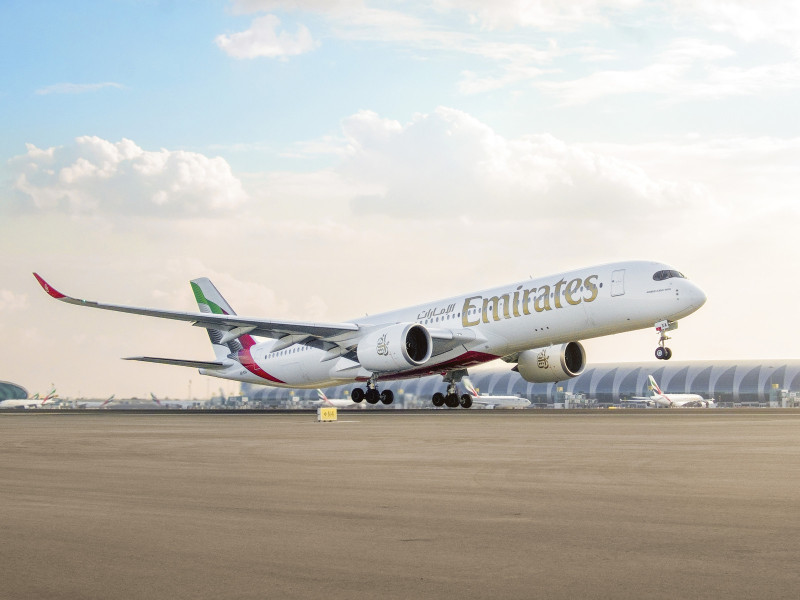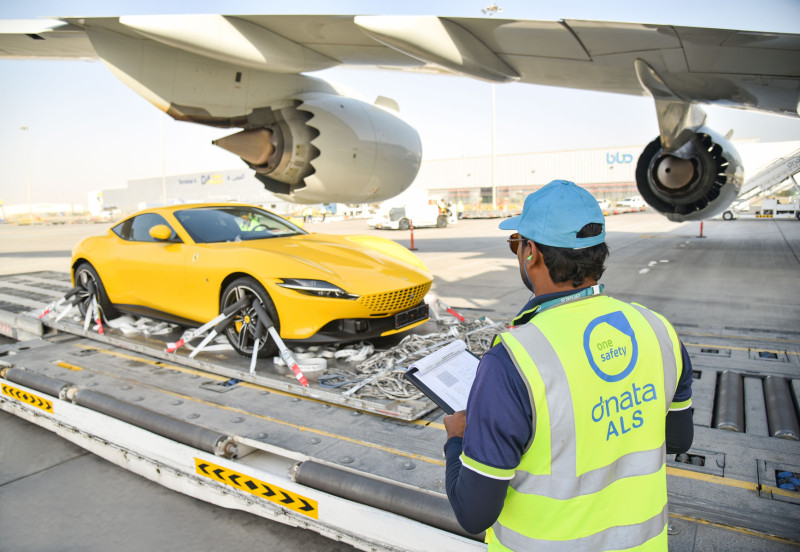

Four Wildlife Trusts in England—the London Wildlife Trust, Birmingham and Black Country Wildlife Trust, Wildlife Trust for Lancashire, Manchester and North Merseyside, and Northumberland Wildlife Trust—have received a major multi-million-pound investment through the "Championing Nature" programme, a six-year initiative funded by The All England Lawn Tennis Club and Emirates.

This partnership is specifically designed to bridge the gap between urban communities and the natural world, with a strong emphasis on reaching disadvantaged children, young people aged 16-24, and families who often have limited access to green spaces.
Research underpinning the programme revealed that about one in eight children from low socio-economic backgrounds under the age of 12 has never experienced nature firsthand. Key barriers include a lack of nearby green space facilities (21%) and the cost of transport to such areas (17%). Parents have reported that when their children do spend time in nature, they see notable improvements in mood, happiness, physical activity, and overall health.

Each Wildlife Trust will use the funding to deliver tailored projects in their local urban areas. For example, the Birmingham and Black Country Wildlife Trust plans to provide interactive nature-based education sessions for schools—focusing on those with the least access to green space—and launch year-round outreach events for young people and the wider community. The Trust will also upgrade its Centre of the Earth environmental education site.

The Wildlife Trust for Lancashire, Manchester and North Merseyside will focus on community-driven initiatives in Wythenshawe, Greater Manchester, including workshops, school partnerships, habitat restoration, and the creation of a nature corridor. Northumberland Wildlife Trust aims to enhance nature connection in urban and suburban areas through school partnerships, educator training, youth activism, and potentially managing a section of a country park in North Tyneside for the next 40 years, co-designed with the local community.

The programme was launched at the AELTC’s Community Tennis Centre at Raynes Park, with naturalist Steve Backshall MBE as its ambassador. Backshall emphasized the transformative benefits of nature connection for young people and expressed excitement about the positive changes the initiative will bring to urban communities.

Overall, "Championing Nature" is set to create a lasting legacy by improving urban green spaces, providing environmental education, and ensuring that future generations—regardless of background—can benefit from meaningful experiences with nature.

Qatar Airways Group has unveiled its most impressive financial performance to date, reporting a record net profit of QAR 7.85 billion (US$2.15 billion) for the fiscal year ending March 31, 2025. This figure marks a 28% rise over the previous year, highlighting the airline’s strong recovery and growth. The Group’s total revenues climbed to QAR 86 billion (US$23.4 billion), up from QAR 80.9 billion (US$22.1 billion), as passenger numbers surged to 43.1 million-an increase of more than 3 million compared to last year.
.jpg)
The airline’s cargo operations also saw remarkable growth, with revenues jumping by 17%, representing the division’s best performance since the pandemic. This success is credited to Qatar Airways’ swift response to market changes, ongoing investments in digital technology, and a focus on data-driven strategies that improved operational efficiency.
A key factor in these results was the expansion of Hamad International Airport, which now accommodates over 65 million travelers annually thanks to the addition of new concourses and state-of-the-art boarding systems. These upgrades have not only increased capacity but also enhanced passenger experience with advanced automation and sustainability initiatives, further establishing Doha as a major global transit hub.

Looking to the future, Qatar Airways has made substantial investments, including a historic $200 billion deal with Boeing for 160 new widebody aircraft-the largest order of its kind. This move is set to modernize the airline’s fleet and support its ongoing network expansion.
CEO Engr. Badr Mohammed Al-Meer attributed the company’s record-breaking year to its renewed focus on talent development, operational excellence, and strategic partnerships. With a workforce of over 55,000 employees worldwide, Qatar Airways continues to set benchmarks in the aviation industry, demonstrating resilience and adaptability amid a dynamic global market.

Chairman HE Saad Sherida al-Kaabi praised the airline’s achievements, noting that they stem from careful planning and the dedication of its staff. These historic results not only reinforce Qatar Airways’ leadership in the sector but also signal its growing influence in the global economy.

The Emirates Group has announced its strongest financial results ever for the fiscal year ending March 31, 2025, posting a record pre-tax profit of AED 22.7 billion (US$ 6.2 billion), marking an 18% increase compared to the previous year. The Group’s total revenue climbed 6% to AED 145.4 billion (US$ 39.6 billion), while cash reserves rose by 13% to reach AED 53.4 billion (US$ 14.6 billion).
Earnings before interest, taxes, depreciation, and amortization (EBITDA) also hit a new high of AED 42.2 billion (US$ 11.5 billion), reflecting strong operational efficiency.

At the forefront, Emirates airline delivered a pre-tax profit of AED 21.2 billion (US$ 5.8 billion), up 20%, alongside record revenues of AED 127.9 billion (US$ 34.9 billion). The airline’s cash holdings increased by 16% to AED 49.7 billion (US$ 13.5 billion). Emirates expanded its route network to 148 cities across 80 countries, introducing new destinations such as Bogotá and Madagascar, while resuming flights to major cities including Phnom Penh, Lagos, Adelaide, and Edinburgh.

The carrier enhanced services to 21 destinations and strengthened its global connectivity through 33 codeshare and 118 interline agreements, providing access to over 1,750 cities worldwide. Passenger and cargo capacity grew by 4% to 60.0 billion Available Ton Kilometers (ATKMs), nearing pre-pandemic levels. The fleet expanded with the addition of Airbus A350 aircraft, bringing the total to 260 planes, with an average fleet age of 10.7 years and a substantial order backlog to support future growth.
Dnata, the Group’s aviation services division, also posted solid gains, recording a pre-tax profit of AED 1.6 billion (US$ 430 million), a 2% increase, and revenues up 10% to AED 21.1 billion (US$ 5.8 billion). The division’s cash reserves stood at AED 3.7 billion (US$ 1 billion).

This fiscal year was the first affected by the UAE’s newly implemented corporate tax, resulting in a 9% tax charge and a net profit after tax of AED 20.5 billion (US$ 5.6 billion). The Emirates Group declared a dividend payout of AED 6.0 billion (US$ 1.6 billion) to its sole shareholder, the Investment Corporation of Dubai. Additionally, employees will benefit from a record bonus equivalent to 22 weeks’ salary.
Chairman Sheikh Ahmed bin Saeed Al Maktoum attributed the Group’s exceptional performance to strong leadership, a resilient business model, and Dubai’s dynamic economic environment. He highlighted plans to reinvest profits into enhancing customer experience, employee welfare, and technological advancements to maintain the Group’s competitive edge.

Emirates’ ongoing network expansion, operational excellence, and premium service focus have solidified its status as the world’s most profitable airline and positioned the Emirates Group as the leading global aviation group for the 2024-25 financial year.

Saudi Arabia’s aviation industry is soaring to new heights, now contributing a staggering SAR340 billion ($90.6 billion) to the national economy—8.5% of the Kingdom’s GDP—according to the latest report by the International Air Transport Association (IATA). This powerful growth underscores the nation’s ambitious vision to transform into a global aviation powerhouse and top-tier tourist destination.
The IATA’s findings reflect the Kingdom’s strategic investments in infrastructure, talent development, and digital innovation—elements poised to push the aviation sector’s economic contribution even higher in the years ahead. These developments are part of a broader national effort to diversify the economy and reduce reliance on oil, positioning aviation as a key pillar of Saudi Arabia’s Vision 2030.
Saudi Arabia is making massive strides to upgrade and expand its aviation infrastructure. Major projects like the expansion of Jeddah’s King Abdulaziz International Airport and the construction of a new state-of-the-art airport in Riyadh are designed to significantly boost passenger capacity and enhance the travel experience. These developments aim to draw more international airlines and travelers, cementing the Kingdom’s status as a central hub connecting Europe, Asia, and Africa.
In tandem, the government is embracing advanced digital technologies to improve efficiency and customer satisfaction at its airports. Smart systems for baggage handling, automated check-ins, and cutting-edge security measures are streamlining operations and setting new standards for passenger convenience.
Recognizing that no industry can thrive without skilled human capital, Saudi Arabia is heavily investing in aviation-focused education and training. IATA’s report emphasizes the importance of developing a workforce that can meet the demands of this rapidly evolving sector. Programs offering scholarships, internships, and specialized training are being rolled out in collaboration with industry and academic partners to prepare the next generation of aviation professionals.
Currently, the aviation industry directly employs 141,000 people and supports 1.4 million jobs across the Kingdom, encompassing everything from air transport to tourism and supply chain services.
The aviation sector’s economic impact extends far beyond airports and airliners. It plays a catalytic role in fueling related industries such as hospitality, retail, and logistics. As air connectivity improves, tourism flourishes—bringing with it increased demand for hotels, restaurants, and transportation services, and creating a ripple effect of job creation and investment.
Saudi Arabia’s strategic location further enhances its appeal as a global transit hub. Positioned at the intersection of major international travel and trade routes, the Kingdom is uniquely placed to capitalize on rising demand for both passenger and cargo services.

Jazeera Airways has hit cruising altitude on its transformation journey, posting a record-breaking first-quarter net profit of KD4.7 million ($15.33 million) — a staggering 274.8% jump compared to the same period last year.
The Kuwaiti low-cost carrier attributes this milestone to a potent mix of digital transformation, cost optimization, and a laser-sharp focus on revenue diversification. Group operating revenue climbed 15.5% year-on-year to KD53.6 million, as passenger demand soared and the airline continued to expand its footprint.
“This performance demonstrates that our five-year growth plan and focused investments in digital transformation as well as the expansion of our ancillary revenue streams are delivering tangible outcomes,” said Marwan Boodai, Chairman of Jazeera Airways. “Our focus on delivering the lowest unit cost, particularly in aircraft and operational areas, has further reinforced Jazeera’s foundation for sustained profitability.”
Passenger traffic rose 7.7% to 1.2 million in Q1 2025, pushing Jazeera’s market share to 32.3% — securing its position as Kuwait’s largest carrier for the quarter. Ancillary revenues surged by 29.1% to KD5.1 million, reflecting the growing success of the airline’s add-on services.
Operating Revenue: KD53.6 million (+15.5% YoY)
Operating Profit: KD6.8 million (+430.7% YoY)
Net Profit: KD4.7 million (+274.8% YoY)
Passengers: 1.2 million (+7.7% YoY)
Ancillary Revenue: KD5.1 million (+29.1% YoY)
Load Factor: 78.7% (slightly down 0.6%)
During the quarter, Jazeera resumed flights to Sarajevo and unveiled its most ambitious summer network to date — launching new routes to Budapest, Sochi, Yerevan, and Hurghada. It also introduced innovative ancillary bundles under the “Hayakom” brand at its dedicated Terminal 5, and flexible travel products like Cancel for Any Reason (CAFR) and Disruption for Any Reason (DAFR).
Jazeera’s digital strategy is gaining altitude, marked by the rollout of a new Passenger Service System and the first phase of a next-gen Customer Experience and Feedback Intelligence platform. These advancements are set to enhance traveler engagement and operational efficiency.
As part of its fleet modernization, the airline is on course to reconfigure its aircraft to a 180-seat layout by Q4 2025 and is preparing to welcome 26 new aircraft starting in 2026. This includes 18 A320neo and 8 A321neo jets, aimed at fueling its market expansion and boosting e-commerce capabilities.
Supporting its high-flying ambitions, Jazeera has appointed new leadership, including Captain Ayman Alshammari as Chief Operating Officer, Ginny Sethi as Chief People Officer, and Paul Carroll as Chief Commercial Officer.
With over 700,000 seats slated for the busy summer travel period and major upgrades underway at Terminal 5, Jazeera is poised for continued ascent — solidifying its status as a regional aviation powerhouse.